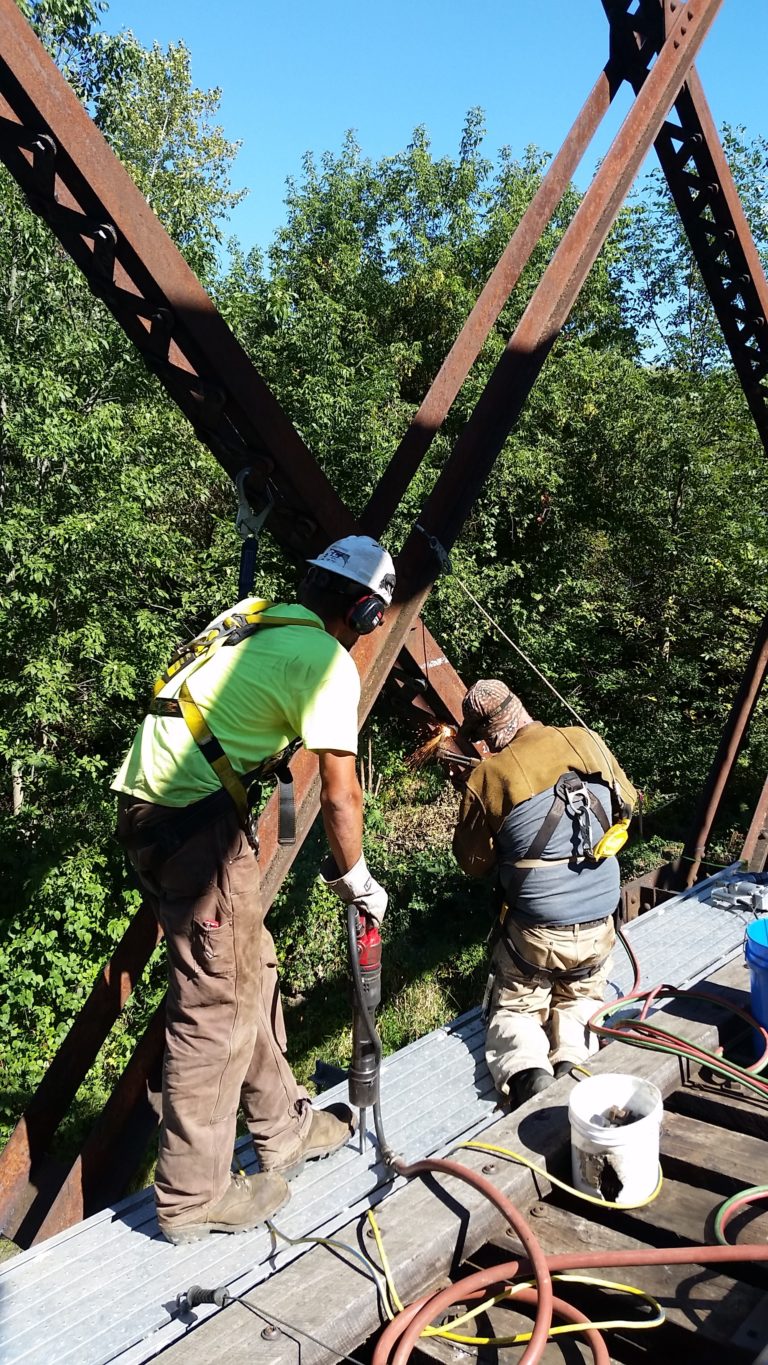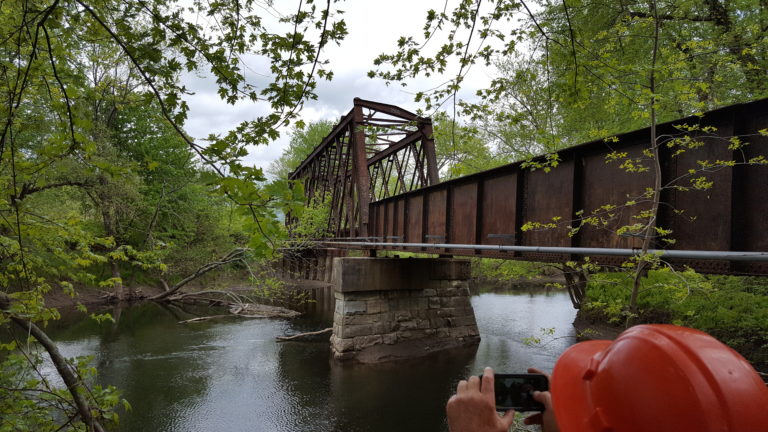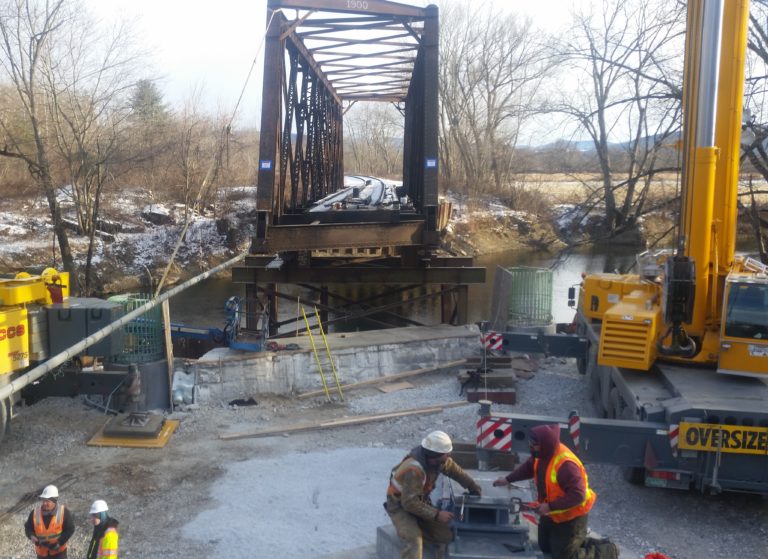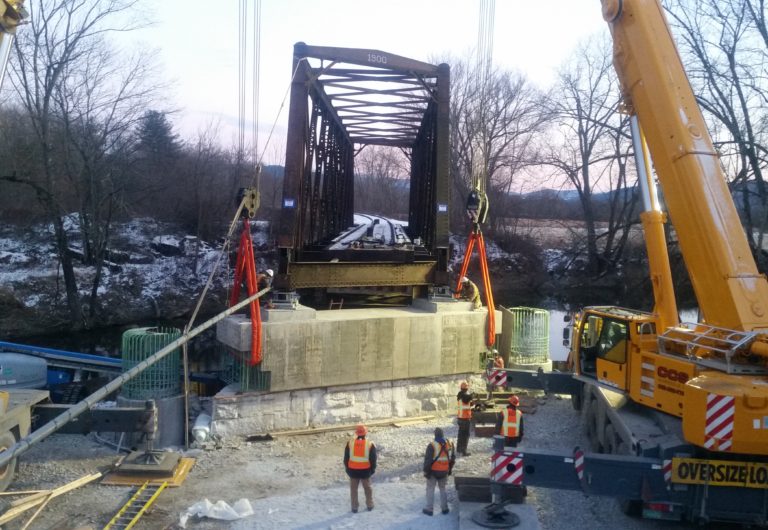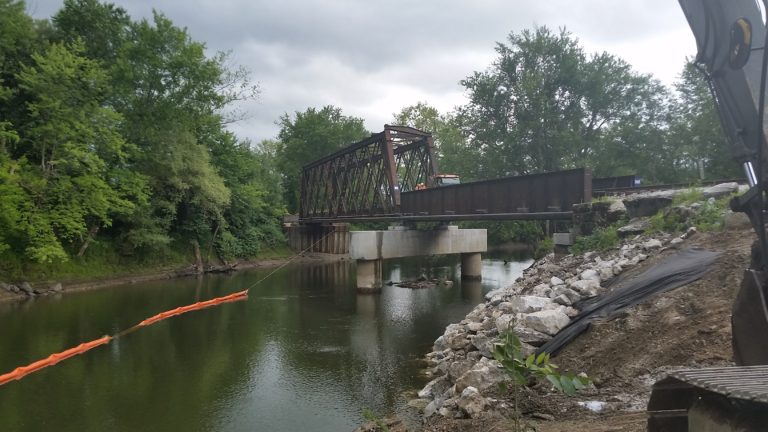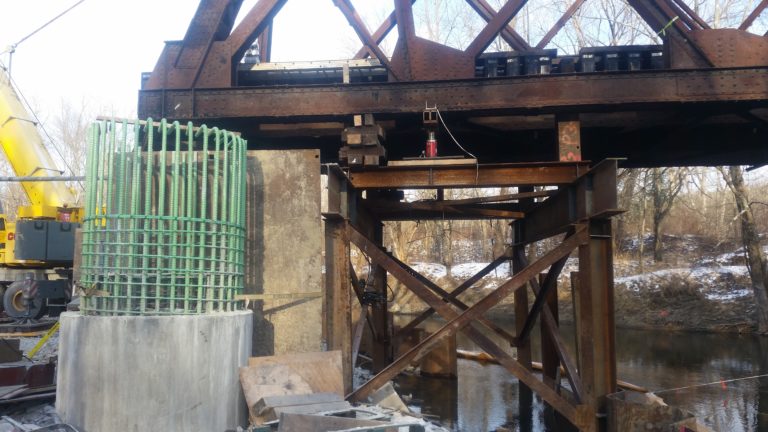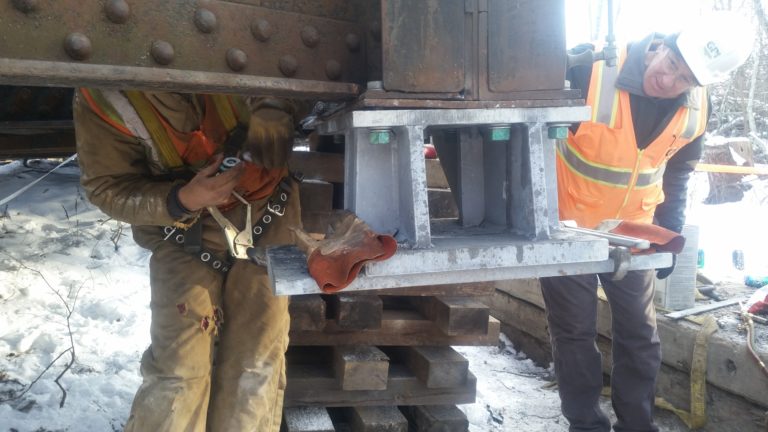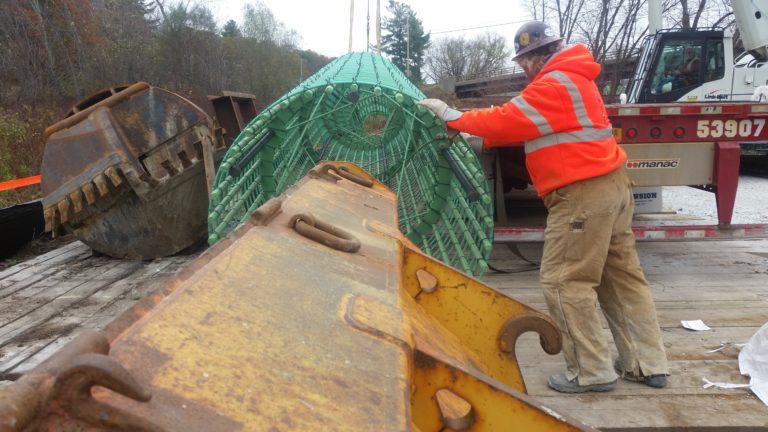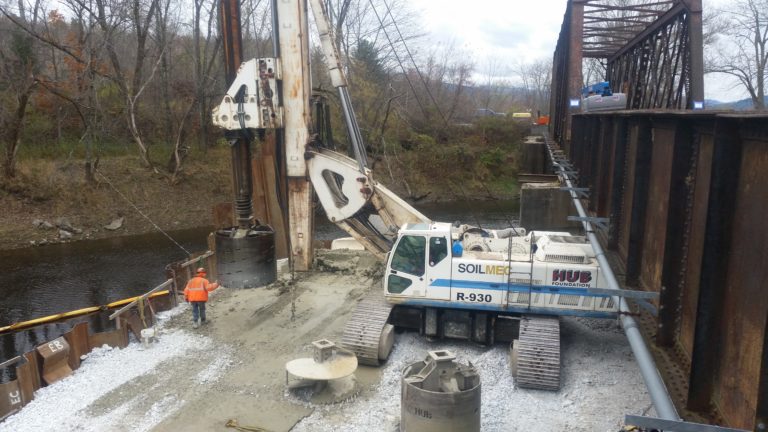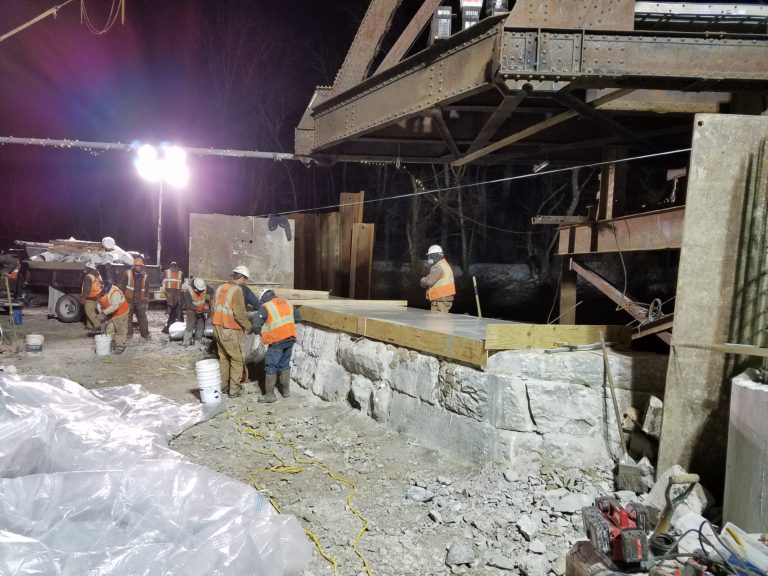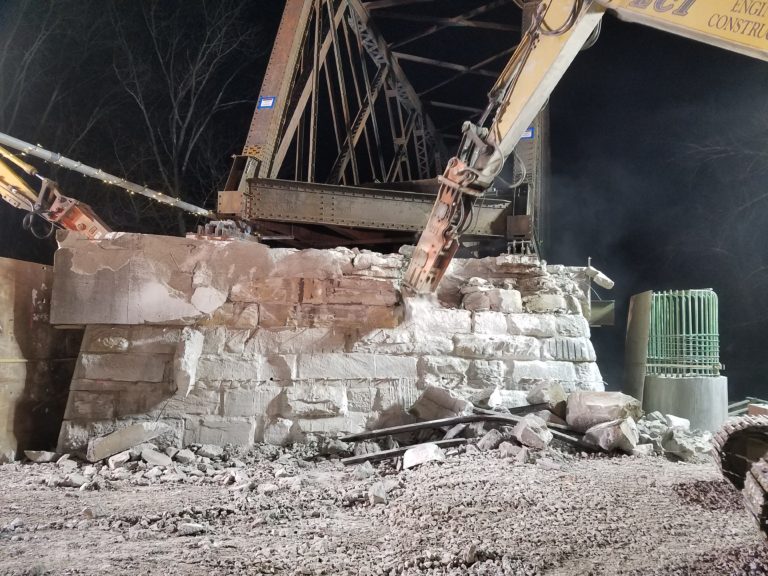
Projects
- Ryegate Culvert Design-Build Replacement Project
- Franklin County State Airport Expansion – 2024
- New Haven – Ferrisburg Trenchless Culvert Project
- Pittsford Rail Bridge Rehab & Strengthening
- Renewable Energy Project – Vermont National Guard 2.2MW Solar Project
- AllSun Solar Tracker Installations
- East Alburgh Bridge Swing Span Automation
- Whipline Gas Bore
- Gentes Road Bridge Rehabilitation
- Hartford Bridge Street Bridge Replacement
- CCTA Downtown Transit Center
- Renewable Energy Project – Rock of Ages 100kW Wind Turbine
- Lime Kiln Substation Retaining Wall
- North Hero-Grand Isle Draw Bridge Emergency Superstructure Repairs
- City of Burlington Municipal Paving Contract
- Interstate 91 Rutfill Project
- Pinkham Notch Conduit System
- Grade Crossing at Rte 142 Vernon
- Bellows Falls Tunnel Clearance Improvements
- Burlington Tunnel Emergency Repairs
- VELCO 115kV Underground Electric Transmission Line
- VELCO & GMP Lime Kiln Substations
- VTrans Intelligent Information System (ITS)
- Vermont State Archive Fire Water Storage System
Pittsford Rail Bridge Rehab & Strengthening
Pittsford Rail Bridge #219 Rehab & Strengthening Project – Florence, VT
ECI was the prime contractor for this $3.5M bridge rehab and strengthening project. Bridge #219 is a two-span railroad bridge over the Otter Creek in Florence, VT. The bridge which is owned by the State of Vermont was constructed in 1900 and consists of a truss and a girder span with stone abutments and middle pier. The substructures had been repaired several times previously and the center pier had continued to tilt up to and during construction. The tilting and settlement of the pier and abutment had required previous shimming of the bridge, the bridge deck, and the track approaches. This older bridge also needed strengthening to meet the heavier class of modern rail cars.
Previous bridge replacement concepts were estimated at $10 million. The rehabilitation and strengthening program resulted in construction cost of less than $3.5 million for a significant savings to the public. ECI was the low bidder and subcontracted with Contractor Crane Service, Markowski Excavating, HUB Foundation, Reliance Steel, Vermont Concrete Cutting, Modern Protective Coatings, and Carrera Concrete.
The Vermont Railway provides transportation services to industries on the western side of Vermont. Bridge #219, which owned by the State of Vermont, is located south of the interchange with the OMYA Plant. OMYA, the largest customer of the railroad, is the major employer in the region. This bridge rehabilitation and strengthening project saved the State of Vermont millions of dollars, allowed continued railroad operations during the project, and provided a needed improvement allowing for the continuing operation of the rail line.
This project involved a cooperative effort between the VTrans, the Vermont Railway, and the contractor. ECI exceeded its obligations to all stakeholders, provided solutions to field changes so the project could continue on schedule and with minimal costs, and performed the work around train traffic with only 2 weekend shutdowns of the 3 allowed by contract.
While the project involved the typical challenges of working on a railroad bridge, the main challenge was to replace the center pier without impacting railroad traffic except for two weekend shutdowns.
ECI completed the challenge by segmenting the pier cap into a 200,000 pound middle precast section with adjacent infills poured integral with the precast cap and the drilled shafts. The precast section was sized and designed to temporarily support the bridges from the existing pier which was partially demolished to accommodate the precast. In order to complete the installation, the truss span of the bridge was temporarily shored and the 70-ft girder span was temporarily removed.
The bridge spans over the Otter Creek with a watershed of 420 square miles. The work involved special measures to address: 1) the work in the river to prevent upstream flooding, 2) erosion and siltation discharge from the site, 3) crossing the adjacent wetlands necessary to access the bridge, and 3) minimizing disturbance to endangered bat species.

